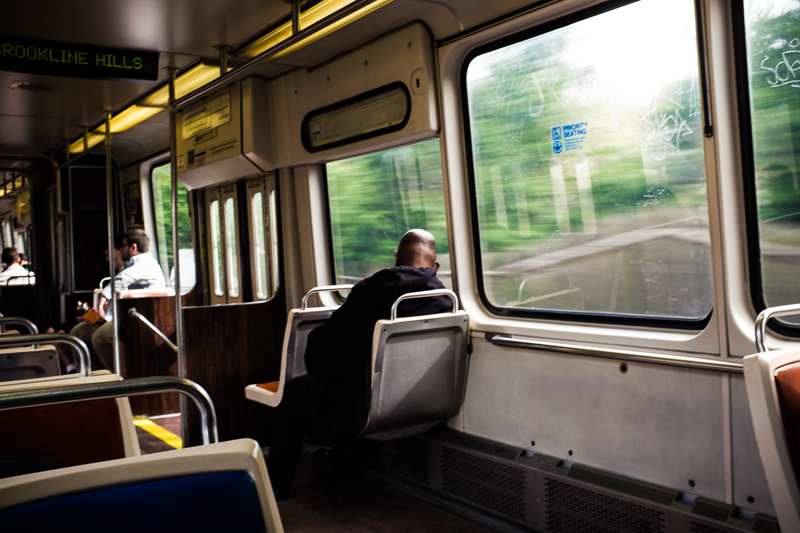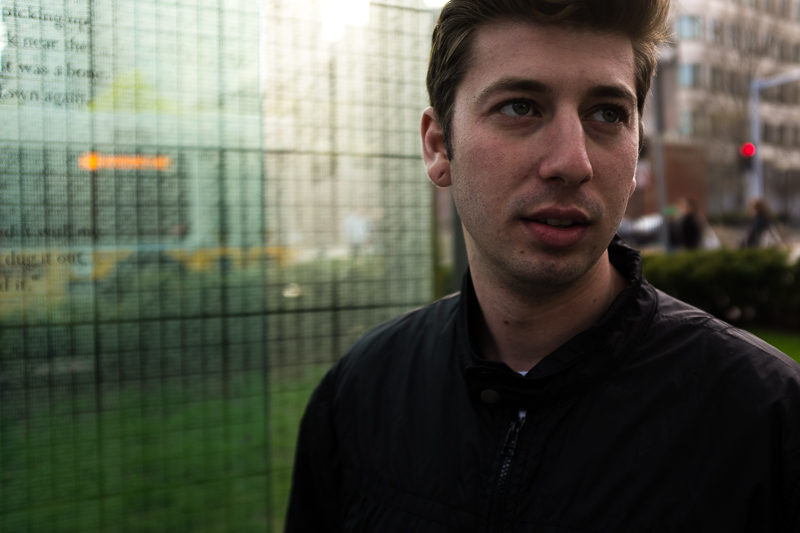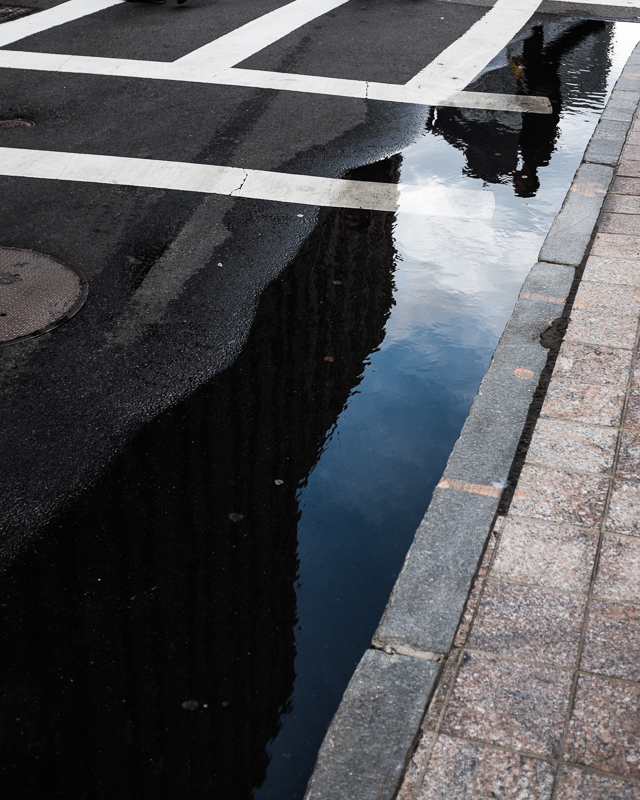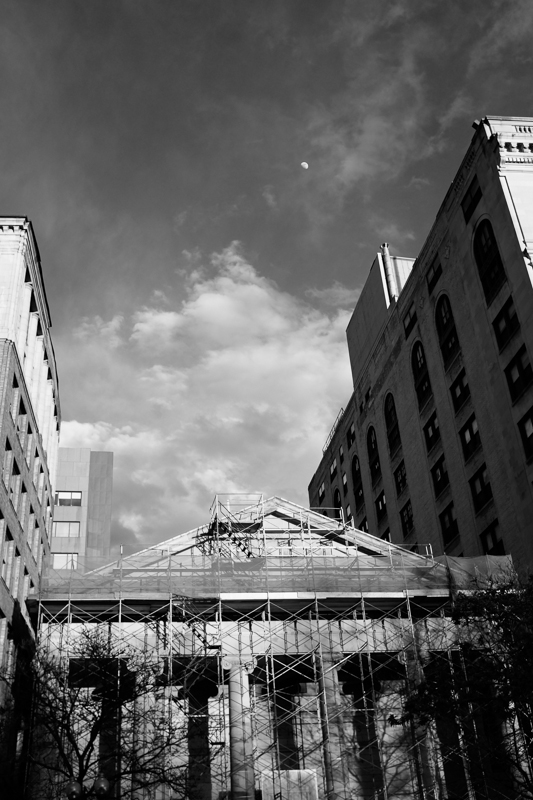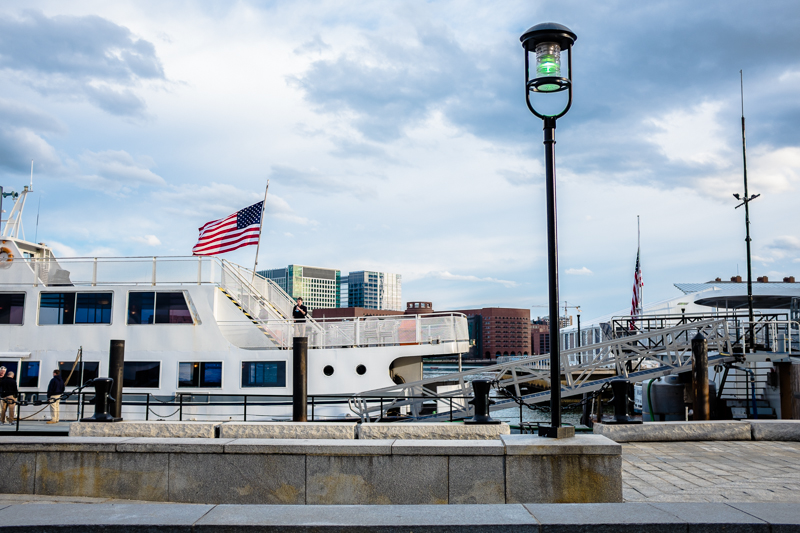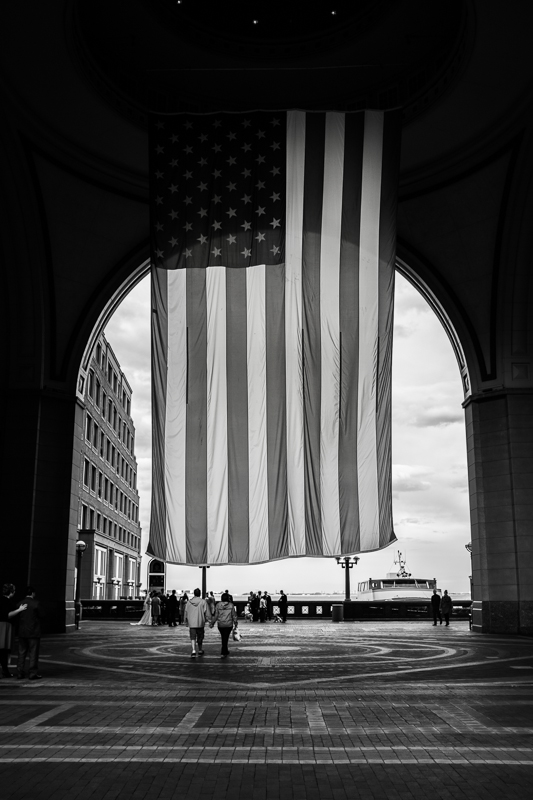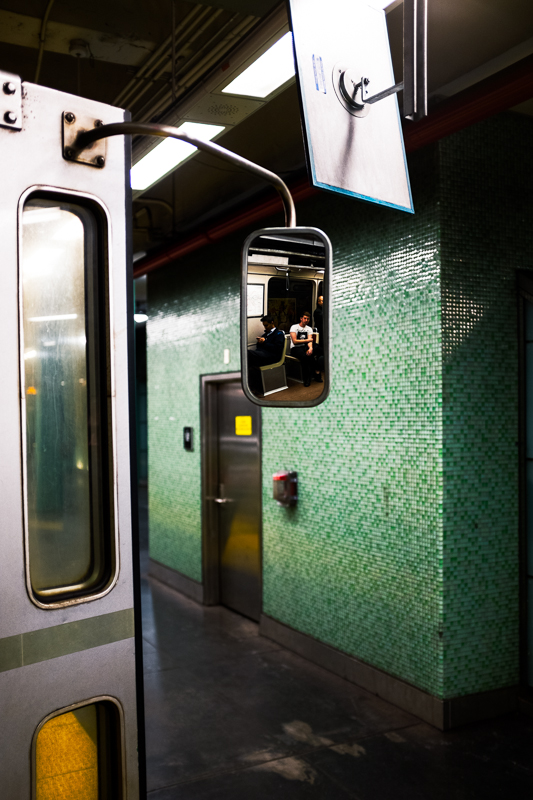Fuji has always produced great products. Their cameras and lenses have always been of the highest integrity, and in more recent years they have produced phenomenal cameras and lenses for Hasselblad. Their photographic film has been a staple of professional photographers for years and continues to be a favorite of analog enthusiasts. Fuji has also continued product lines for instant cameras and film; a niché always loved, myself included, and at the moment they continue to produce the best peel apart pack film and consumer grade instant film for their own line of cameras. Fuji stands alone by not conforming, but by producing incredible products of envy and cult. Their newest offering, the X100S, is no exception.
The X100s is the follow-up to their original digital classic – the Fuji X100. The X100 was an industry changing camera. High quality APS-C sized image sensor in a compact fixed lens body. The 35mm equivalent F2 lens is a classic focal length for street and travel photographers, professionals and enthusiasts alike fell in love with the camera. With this new iteration of the camera Fuji listened to it’s customers on what could be improved for the future. Better auto-focus, snappier response, better manual focus and a needing a larger memory buffer were all complaints with the original. All of these things have been addressed with poise and sophistication producing a camera that for many would necessitate an upgrade from their previous X100, or possibly sway purchase from the X Pro 1.
The overall aesthetic and feel of the camera is identical. The only piece that jumps out on initial visual inspection is the large red “S” on the top of the camera. Upon further inspection you may notice a smaller silver “s” in the bottom right corner of the front of the camera. All the controls on this new model are significantly more responsive than the previous generation. Aperture clicks feel much more precise and refined, as well as the shutter dial.
Manual focus ring is smooth as before, but now manually focusing less than half a turn can take you from minimum distance to infinity – much different than the original X100 which although the firmware improved over time, manually focusing could take a full turn or greater simply to do the same. This lead to my second big discovery with the new model – split image focusing. Manually focusing previous generation X100, or X Pro 1 for that matter, required zooming to 100% to *hopefully* capture focus properly. The autofocus in low light demanded this and it was trial and error based on experience to get a sharp image. The split image focusing mode eliminates this entirely. Fuji has also added focus peaking, although not as refined as Sony’s, Fuji’s variant is useable and welcome.
Autofocus on the X100S is good enough in most every situation however to not particularly need any sort of manual focus option. Two situations I found where manual focus were obligatory in were focusing to infinity for scenic shots and for extreme low light; low light where 6400 ISO with the lens wide open at F2 still required slow shutter speeds. The autofocus was better than some SLR’s I have used in low light and I would not hesitate to put it against a Canon 5D MKII well knowing the Fuji would triumph.
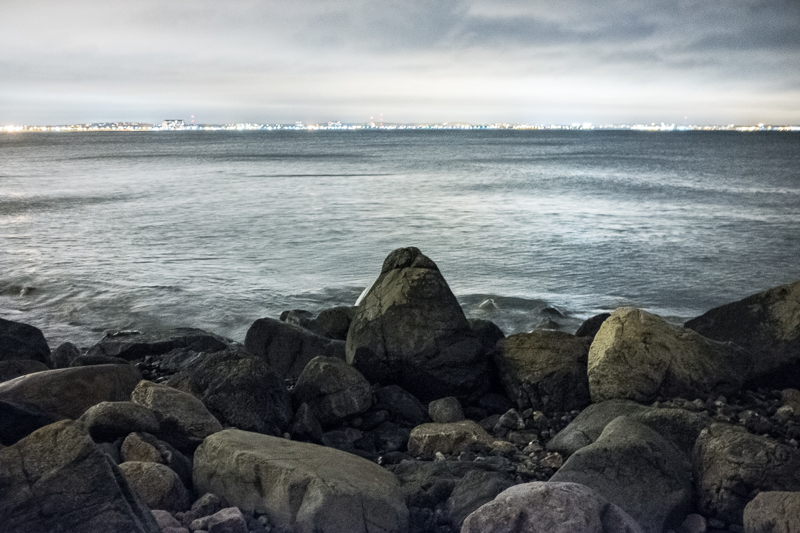
The low light performance of the camera was unlike anything I had experienced, and not specifically to smaller sensor cameras. Low noise at 6400 ISO, and at 3200 ISO with adequate lighting the grain is very tight and would never be noticeable or detrimental on a print. I found myself at times while acclimating myself to the camera accidentally shooting at 3200 ISO and not realizing until seeing in brighter sun the camera would not take a picture at F2 in aperture priority. Base ISO at 200 is absolutely better in every way, but it was something that struck me as unique.

Unlike the Fuji X100S, most of the cameras I have owned the noise generated from a higher iso is fairly unforgiving. And although RAW conversion software and noise reduction has gotten very very good, I usually try to stay within 800 ISO or upload to the computer becomes a disparaging process. Not to say the Fuji is a replacement for a full frame camera, but there’s something to be said for taking pictures ignorantly and having seemingly infinite flexibility within the same piece of kit.
My testing grounds for the Fuji X100S was the city of Boston. Boston, as of Friday the 19th of April had just had it’s largest sigh of relief I believe ever. The second Boston Marathon bomber had been apprehended and after the previous weeks events of terror and stress there was nowhere I felt I needed to be more than in Boston, walking from north to south taking pictures, if only so my mind could be preoccupied.
I found myself using the rear LCD for shooting more than expected, and it was nice. Bright sun wasn’t much of an issue other than my own eyes not being able to see properly, in which case the viewfinder provided me a terrific format for framing. One of my pickiest concerns with cameras over the years with cameras is viewfinders. A camera’s viewfinder is really the only initial connection you can make to your image. Early APS-C DSLR cameras had no significance in my life as I felt like I was continually looking through a dark tunnel to reality, and were impossible for me to compose and see focus. The Fuji’s viewfinder was never a problem, only an advantage. The optical viewfinder was great to use walking through the North End of Boston, seeing scenes large and bright, while the electronic viewfinder was helpful for manually focusing and in lower light situations to ensure intended focus was maintained. Having both through the same window was awesome, and switching between the two was fast and without a glitch.
Another large requirement of mine is for color, and not just correct, but unique pleasing color. My time with the Fuji was not long, but just through first impressions the color is good. It very much resembles high end CCD sensor color output and is worlds apart from what Canon and Nikon produce. In Lightroom 4.4 it wasn’t hard to get decent color on most images, although they will want to white balance cool. Bringing the files into Photoshop increased the flexibility for subtleties. I was surprised at the parameter of adjustment I had on the Fuji files in Photoshop without feeling as though the files were breaking up. Anyone who enjoys getting deep into color in Photoshop will love working with the files as much as you do shooting with the camera.
This camera is great. The shooting experience is the upper echelon of small cameras and with the improvements over the previous model, the Fuji X100S should be a no brainer if you were second guessing the original. Give your local Hunt’s Photo and Video a call to make sure our demo model is still on display (not sold yet) and try it out for yourself.
If you’re shopping online, follow this link here and place your order.
All images in article were processed in Lightroom 4.4 from the RAW file output of the X100S.
